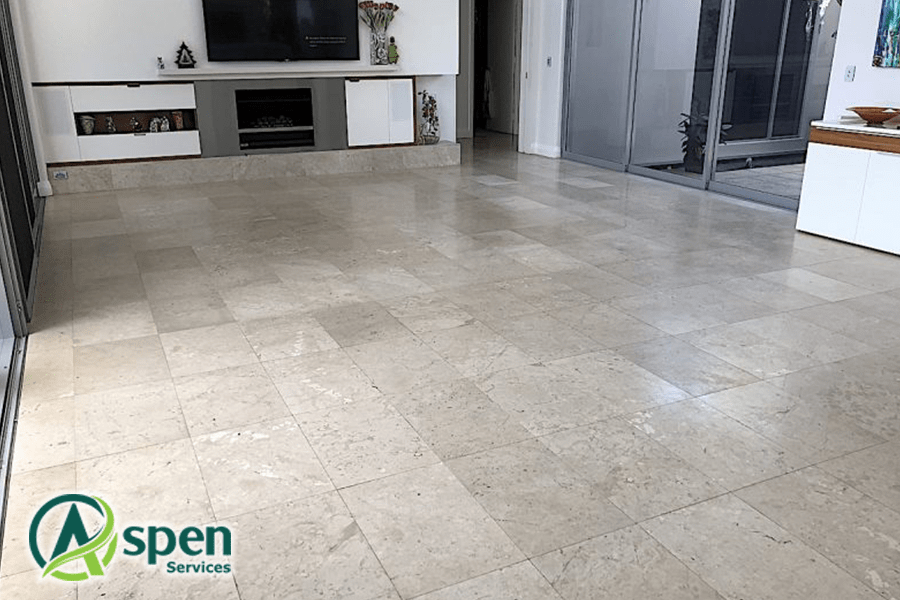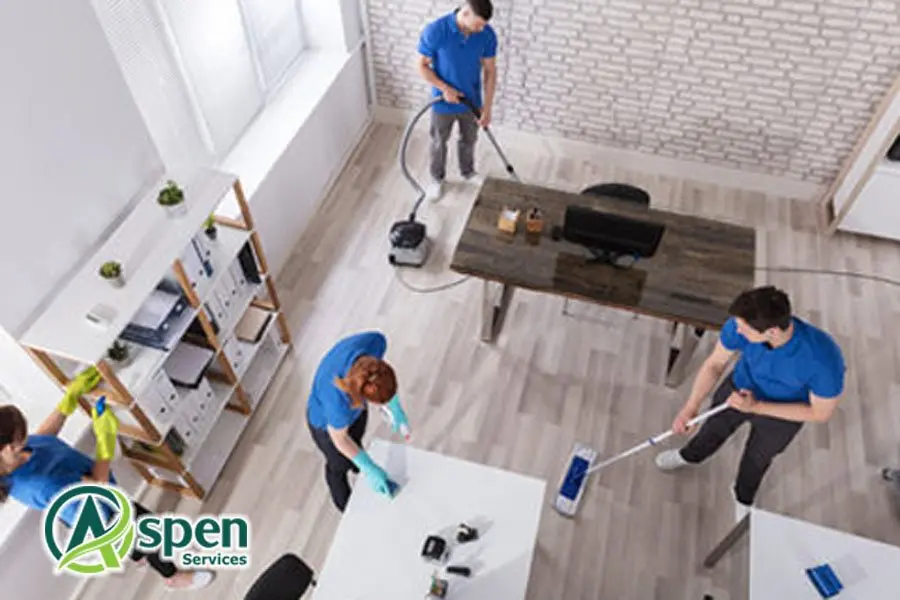Concrete driveways are beautiful additions to any home, but they are also among the most difficult surfaces to clean and seal properly. Follow this concrete driveway cleaning and sealing guide to keep your driveway looking good as new even after years of sun exposure, rain, mud, and dirt.
Concrete Driveway Cleaning and Sealing Guide
1: Prepping the Surface
When you do your concrete driveway cleaning, it’s important to make sure that everything is prepared correctly. To prepare your driveway, first, remove any loose debris from your driveway using a broom or blower. Then remove the old sealant and any dirt, grease or grime that has built up over time.
2: Clean the Surface
Once the old sealant has been removed, wash the surface of the driveway thoroughly. You can use a pressure washer for larger areas, but most homeowners will want to rent a concrete cleaner from their local home improvement store instead. A concrete cleaner is a liquid that you apply to your driveway with a garden sprayer. The water quickly penetrates into cracks in the driveway and loosens embedded grime that’s trapped between the driveway surface and the overlying sealant. Most cleaners are heavy on detergent, which is why they can’t be used on most driveways until they’ve been stripped down to bare concrete. Once you apply the cleaner, let them soak on the surface for a few minutes then rinse them thoroughly with clean water.
3: Apply Sealer
Applying sealer to a concrete driveway is a crucial step in getting your driveway ready for winter. Like many other surfaces, a concrete driveway also should be sealed every year after it has been cleaned thoroughly. When you are applying sealer to your concrete driveway, here’s what you need to do: First, use a leaf blower or garden hose with a nozzle to clean off all debris from your driveway. Next, spread out an even layer of newspaper that will lie flat on top of your driveway; most sealers say that newspapers are one of the best materials for protecting areas from overspray. Now carefully spray on two coats of sealer; wait at least five minutes between each coat so that it can dry properly.
Conclusion
There are many different methods for concrete driveway cleaning and sealing. Here we shared some of our best recommendations. Hope you found this guide helpful! However, it will be easier if you find an expert who can do the cleaning and sealing of your concrete driveway for you. With proper care, your concrete driveway will give you many years of enjoyment. Once a year, take out time to do your concrete driveway cleaning and sealing in order to keep your driveway looking its best.






